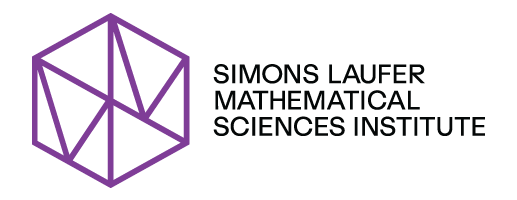MSRI/Evans Lecture: Around Approximate Subgroups (Evans Hall, UC Berkeley)
Presenter
February 3, 2014
Abstract
The discrete interval A = {−n, . . . , n} fails to be a subgroup of Z since A + A is bigger than A, but this failure is moderate: the size of A + A grows only linearly with the size of A, not quadratically as we would have for a random subset. A similar notion of near-subgroup can be defined in the non-commutative setting; it is closely related to the sum-product phenomenon, expanders, growth rate of finitely generated groups. Breuillard, Green and Tao recently showed that such finite near-subgroups truly belong to the world of nilpotent groups, not far from the example above. Their proof combined model theory, combinatorics and topological groups, and gave us a completely new and accessible view of the foundational results on Lie groups of the 1950’s. I will describe, from a model theorists’ viewpoint, one or two of the strands leading into and out of this proof, and some of the unsuspected relations between model theory, combinatorics and locally compact group theory that have long existed under the surface.
